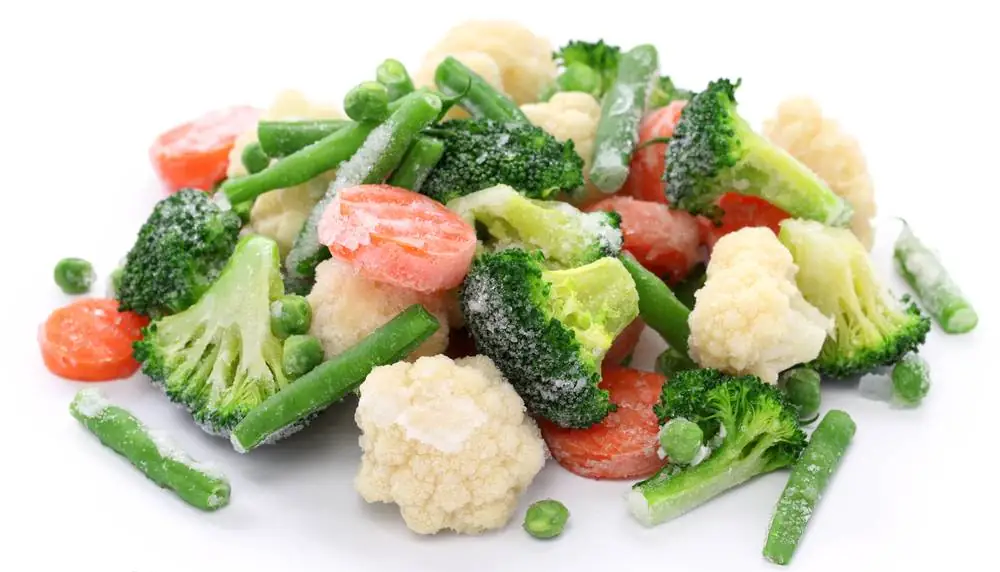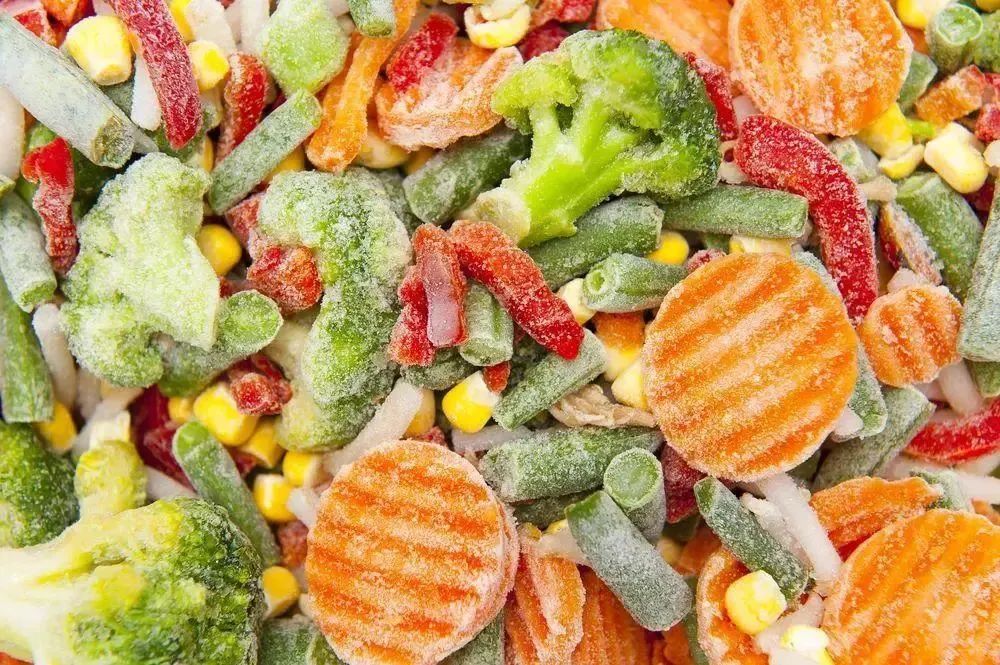In the global culinary exploration, frozen vegetables are quietly emerging as a new dining favorite. From vibrant green broccoli to tender peas, each bite preserves the authentic farm-fresh flavor, bringing premium quality to global dining tables. How do Chinese vegetables retain their nutrition and flavor, traverse continents, and grace dining tables worldwide? Join us on a journey with Customs to explore the world of frozen vegetable exports and embark on a global gastronomic adventure.

I. Overview of Frozen Vegetable Exports
China's primary frozen vegetable exports include broccoli, spinach, peas, among others. Statistics show China's frozen vegetable exports reached approximately $1.55 billion in 2024, marking a 7% year-on-year increase. Regionally, Southeast Asia, Europe, and North America are key export markets, with Japan, South Korea, and the United States ranking as the top three destinations for China's frozen vegetable exports.

II. Frozen Vegetable Export Procedures
1. Required qualifications for export enterprises
Registration of consignees and consignors for import/export goods.
Registration of export food manufacturers. Registration scope: Food manufacturers intending to export frozen vegetables.
Registration of plantations supplying raw materials for export food. Registration scope: Vegetables (including cultivated edible fungi).
2. Enterprise registration procedures
For registration of import/export consignees, export food manufacturers, or raw material plantations, applicants may submit applications through the "Internet + Customs" (http://online.customs.gov.cn/) integrated platform, the "China International Trade Single Window", or other electronic channels, or file a written application with the local customs office.
3. Export declaration procedure
After passing self-inspection, the production/manufacturing enterprise's exporter or agent shall apply to the customs office where the export food manufacturer is registered. When submitting the declaration, the exported products must be declared item by item, including their name, specifications, quantity/weight, production date, the filing certificate of the export food manufacturer, and the number of commercial documents. Additionally, a commitment must be made to obtain the relevant approval and licensing documents.
Customs officers will review the declaration documents. Those meeting the specified requirements will be accepted, while those failing to comply will be notified in one instance for necessary corrections.
4. On-site Inspection
Upon accepting the enterprise's declaration, the Customs will conduct on-site inspections and sampling of exported frozen vegetables for testing as required by regulatory standards.
5. Conformity Assessment
After passing the Customs' on-site inspection and supervised sampling, the Customs may issue a certificate to authorize the export. If the assessment indicates non-conformity but the issue can be resolved through technical measures, the products may be exported after technical rectification and re-inspection by the Customs. If the products still fail to meet the requirements after rectification, export will not be permitted.
.jpg)
III. Customs Advisory
1. Conduct thorough market demand research. Export companies must thoroughly understand the target market's vegetable demand, consumer preferences, and pesticide residue limit standards. Precise information can be acquired through industry reports and the commercial offices of overseas embassies.
2. Fulfill packaging and transportation requirements. Manufacturers must ensure that the packaging and transportation methods for exported vegetable products comply with food safety standards. Manufacturers shall clearly label the transport packaging with the manufacturer's filing number, product name, production batch number, and production date.
3. Implement strict product quality control. If exported food poses safety risks that have or may cause harm to human health and life safety, the food producers and operators must immediately take corrective measures to prevent or mitigate damage and report to the local Customs.
Disclaimer:The above content is translated from Chinese version of Huangpu Customs 12360 Release. The Huangpu Customs 12360 Release version shall prevail.
Hot News